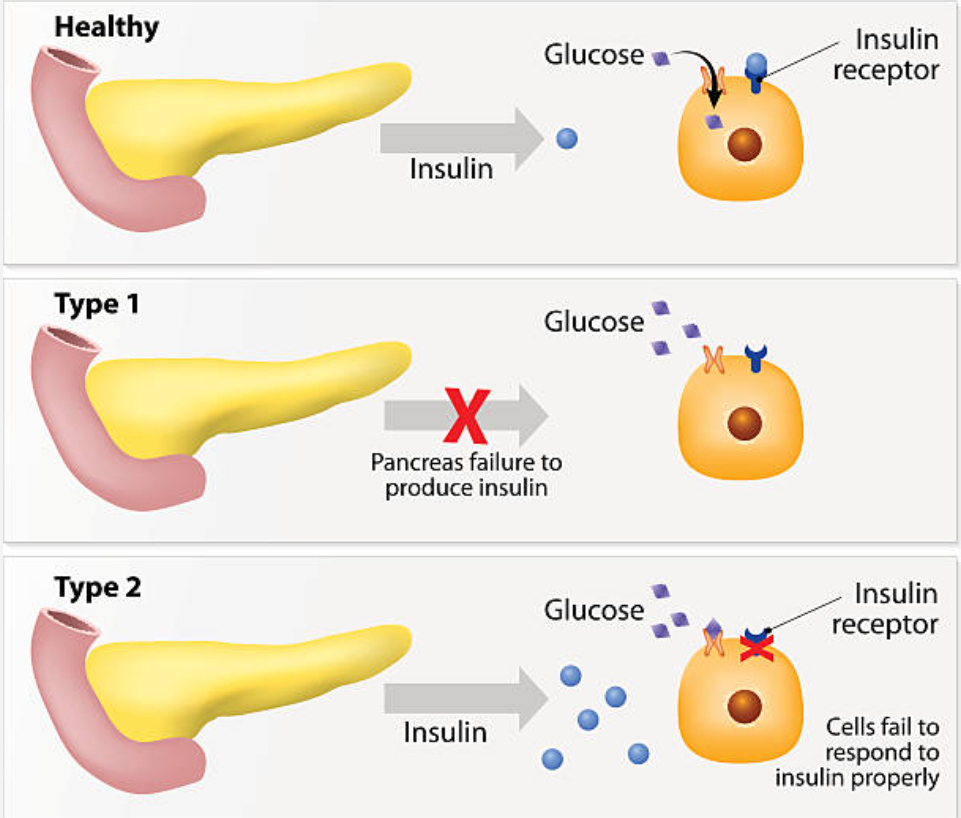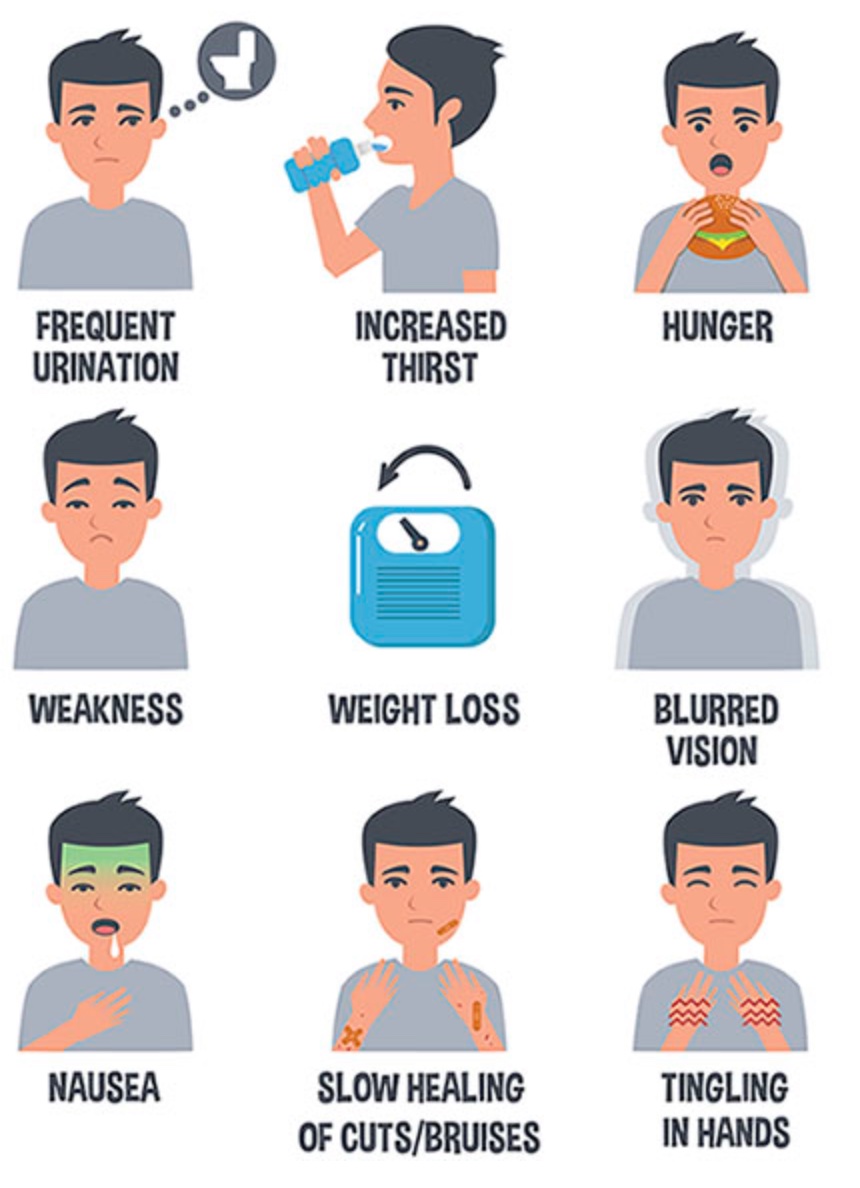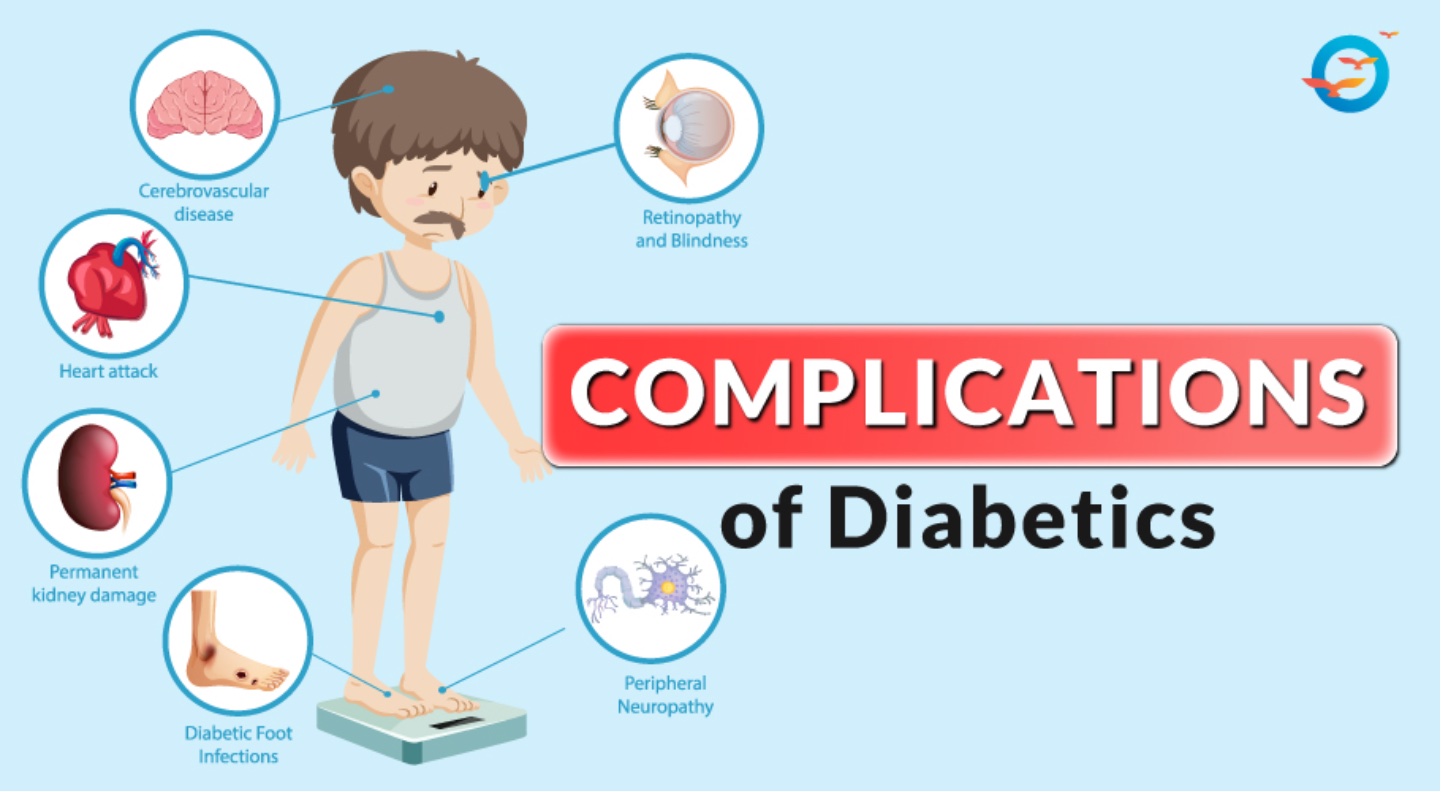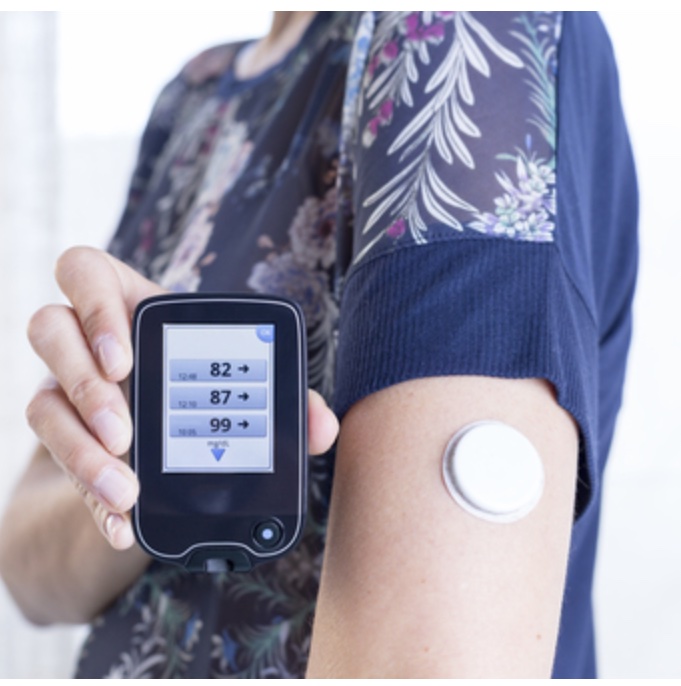Your Essential Guide: 10 Common Questions About Diabetes Mellitus
1. What is diabetes mellitus, and why is it essential for Malaysians to understand it in terms of our overall health?
Diabetes Mellitus is a condition in which the glucose content in the bloodstream is higher than usual due to the lack or absence of insulin production from its factory, i.e. the pancreas. There are several types of Diabetes Mellitus, and early diagnosis is crucial for proper treatment and management.
2. Can you explain the different types of diabetes mellitus and how they differ when it comes to treatment and management?
There are several types of Diabetes Mellitus, including:
- Type 1 Diabetes Mellitus;
- Type 2 Diabetes Mellitus;
- Genetic variants of diabetes or coined as Monogenic Diabetes;
- Disease of the exocrine pancreas (secondary to viral infection, inflammation, and previous trauma); and
- Other rarer forms of diabetes.
In the case of Type 1 Diabetes Mellitus and disease of the exocrine pancreas, there is absent insulin production. These patients depend mainly on insulin injection and thus, the role of oral medications is limited.
On the contrary, Type 2 Diabetes Mellitus and monogenic diabetes is a deficiency in insulin production with the presence of insulin resistance. In this instance, there is a huge role of oral medications before the pancreas gets exhausted and patients subsequently may require insulin later.
It is imperative to discern the types of diabetes for appropriate management and treatment. Whenever there is doubt about the diagnosis, an endocrinologist’s opinion should be sought after.

Fig. 1 Pictorial diagram depicting the difference between the failure of the pancreas to produce insulin in Type 1 Diabetes Mellitus and reduction in insulin production and insulin resistance in Type 2 Diabetes Mellitus.
3. What lifestyle factors can increase the risk of type 2 diabetes mellitus, and what are some practical ways Malaysians can lower this risk?
Malaysians in general have a sedentary lifestyle and coupled with unhealthy habits of smoking, alcohol consumption, and an imbalanced diet, these contribute to obesity and potentially lead to an increased risk of Type 2 Diabetes Mellitus.
According to our recent National Health and Morbidity Survey (NHMS) 2019, 1 in 5 adult Malaysians are diabetic. Due to this high prevalence, awareness needs to be heightened amongst our population.
Alteration of a diet that comprises a low glycaemic index and low-caloric food would be a huge step in curbing obesity and diabetes. I am happy that there are an increasing number of restaurants with “healthy menus” with approximate calories stated in their menu. Whilst a lot of people may not be aware of a healthy diet and calorie counting, perhaps we should encourage the enforcement of regular health check-ups and seminars on healthy lifestyles and diets at workplaces.
Secondly, the culture of exercising can be inculcated at the workplace by encouraging collective exercises either before work, at lunchtime, or after work. This, I believe, will create a huge difference and impact on building a community that strives towards a healthy lifestyle. These are some of the small yet progressive steps toward building a healthier life for Malaysians.

Fig.2 Let’s not think big, let’s begin small, within our community. Malaysians spend most of their time at their workplace, thus, let’s start with making changes at the workplace.
4. What are the common symptoms of diabetes mellitus, and why is it crucial to detect it early for better health outcomes?
Early detection of diabetes mellitus is crucial to prevent complications affecting target organs.
Key symptoms to watch out for include:
- Heightened thirst;
- Frequent urination;
- Significant weight loss; and
- Multiple infections across the body

Fig. 3 An artistic insight into the telltale signs of diabetes mellitus
5. How is diabetes mellitus diagnosed, and what can individuals expect during the diagnosis process to alleviate any concerns?
For individuals without symptoms, a fasting capillary glucose reading of 5.6 mmol/L and above or a random capillary glucose reading of 7.8 mmol/L and above should raise a flag, prompting further venous glucose testing.
Meanwhile, for those experiencing symptoms, a venous blood glucose test is the ideal approach. If a single fasting venous glucose value is 7.0 mmol/L and above, or a random venous blood glucose reading is 11.1 mmol/L and above, it indicates the presence of diabetes mellitus.
Don’t fret about the diagnostic process; your healthcare provider will readily guide you through it. To visualise the capillary and venous glucose testing procedures, take a glance at Figure 4 for an illustrative representation.

Fig. 4 Capillary blood glucose testing (left) versus venous glucose sampling (right)
6.What potential complications can arise from diabetes mellitus, and how can we best prevent or manage them?
Diabetes Mellitus can lead to cardiovascular disease, chronic kidney disease, and proliferative diabetic retinopathy (growth of new blood vessels in the retina) which can lead to blindness, stroke, and peripheral vascular disease.
These complications arise from poorly controlled diabetes. Thus, it is vital for early diagnosis, aggressive treatment, and individualised treatment for each patient.

Fig. 5 An artistic representation of the chronic complications of diabetes mellitus
7. What are some effective lifestyle changes that can help Malaysians from all walks of life manage diabetes mellitus and improve their overall well-being?
Malaysians in general have a sedentary lifestyle and coupled with unhealthy habits of smoking, alcohol consumption, and an imbalanced diet, these contribute to obesity and potentially lead to an increased risk of Type 2 Diabetes Mellitus, as mentioned earlier.
According to our recent National Health and Morbidity Survey (NHMS) 2019, 1 in 5 adult Malaysians are diabetic. Due to this high prevalence, awareness needs to be heightened amongst our population.
As mentioned earlier, the alteration of a diet that comprises a low glycaemic index and low-caloric food would be a huge step in curbing obesity and diabetes. I am happy that there are an increasing number of restaurants with “healthy menus” with approximate calories stated in their menu. While a lot of people may not be aware of a healthy diet and calorie counting, perhaps we should encourage the enforcement of regular health check-ups and seminars on healthy lifestyles and diets at workplaces.
8. How can Malaysians, young and the elderly, incorporate practical diabetes management into our daily lives without feeling overwhelmed, ensuring a balanced and enjoyable lifestyle?
First of all, Malaysians need to have adequate knowledge about their health condition. The diagnosis and management of diabetes should be a “two-way commitment” between the doctor and the patient. Many times, patients do not have adequate knowledge about their health problems. When one does not understand diabetes, it is difficult for an individual to make necessary lifestyle adjustments and manage their health.
Towards this, healthcare providers should play a pivotal role in empowering patients with knowledge of diabetes and offer individualized methods to combat and manage their diabetes. However, for this to succeed, a strong rapport between the healthcare provider and patient needs to be established, which may be difficult in an overwhelmed healthcare setting. Nevertheless, we should try our best to provide the best care for each patient.
9. What recent advancements in diabetes research have been made in Malaysian and abroad, and how do they impact our understanding and treatment of the condition?
It is an exciting journey in terms of digital health & technology and how it has revolutionised diabetes care. While this technology may have existed in Western countries probably more than a decade ago, the adoption of technology and digital health has been poor in South East Asian countries including Malaysia. However, this has changed during the COVID-19 era, with the emergence of many online platforms for digital health and teleconsultation that provide accessible healthcare to many patients with various conditions including diabetes.
I recently completed and presented my research on remote insulin titration (insulin dosage recommendation) for patients with Type 2 Diabetes Mellitus patients using a digital platform. Their glucose readings were digitally recorded via Bluetooth connection to their smartphones and results were summarized into graphs and bar charts. This aids the patients in understanding their glucose control and trends through their meal intakes and activities. Food pictures, exercise regime, and duration of exercise can be incorporated into the digital logbook as well. It has proven to be very useful and effective in improving glucose control. Imagine the cost-effectiveness of this digital platform, largely driven by a reduction of unnecessary hospital visits and absenteeism from work.
Due to the advancement of technology, there are also many ways of tracking blood glucose reading other than the conventional finger pricking for blood glucose readings. There are now devices called real-time continuous blood glucose monitoring (rT-CGM) that can show interstitial (fluid space below the skin) glucose readings continuously for up to 2 weeks. Patients can observe their glucose trends throughout the day by just scanning the sensor of this device (which would be commonly placed on the patient’s underarms). The data then can be shared with their healthcare providers and thus, necessary treatment and management advice can be given.
It is exciting to learn that there is much more research and development of diabetes technologies globally.

Fig. 6 Real-time continuous blood glucose reading by flashing (rT-CGM flash) the reader to the sensor.
10. As diabetes affects millions of Malaysians worldwide, how can society work together to raise awareness and provide support for those living with diabetes mellitus?
As mentioned earlier, begin small within the local community, be it in the workplace, neighbourhood, or within town. It could be in terms of organizing health screenings, health talks, and mobile clinics just to name a few.
With the emergence of social media and digital content creation on various platforms such as Twitter, Instagram, Facebook, Telegram, TikTok, etc, these can be utilized purposefully to raise awareness of diabetes.
Diabetes Mellitus patients also lack peer support, and it would be good to have support groups for patients living with Type 1/Type 2 Diabetes Mellitus. Often, they are stigmatized and shunned by their peers, workplace colleagues, and even family members!
Lastly, Diabetes Mellitus should be treated as an emergency as its prevalence is rising in Malaysia and is projected to rise exponentially. This would not only give rise to an unhealthy nation but may also cripple our nation’s economy. Healthcare providers need to have clinical inertia to prevent diabetes and treat diabetes aggressively to prevent the emergence of complications.
If we want to combat Diabetes Mellitus with treatment, all Malaysians need to work together and make it a combined effort!
Contact our Endocrinology specialist to connect with a skilled professional who can guide you on your diabetes mellitus treatment consultation. Your well-being is our priority, and with early intervention, you can experience a substantial improvement in your quality of life.
